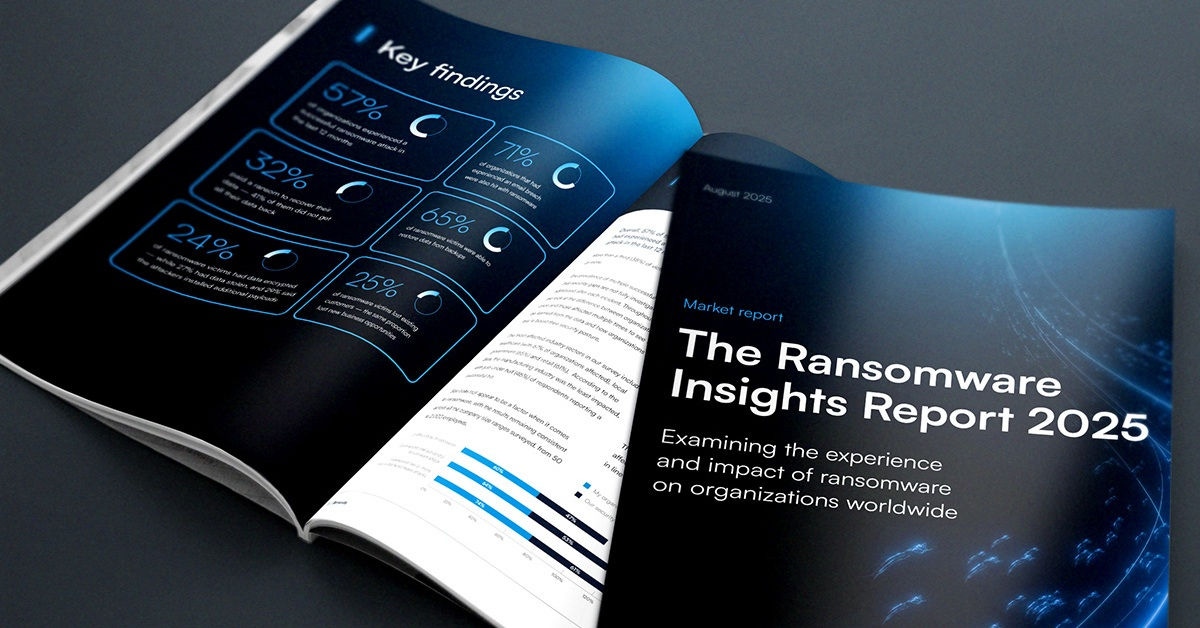
What is a data lake?
The sheer volume of data that needs to be stored, managed, and analyzed by today’s organizations is overwhelming — and growing exponentially. All that data, when analyzed together, can reveal business-critical insights that are needed to drive strategy in competitive industries.
The challenge has always been to efficiently find and ingest all the relevant data needed for a particular analytic task. Data is traditionally segregated into different storage areas based on format or content or relevance, making it hard to pull it all together as needed.
Data lakes are a solution to this challenge — and they are swiftly becoming an indispensable component of modern data architecture. These services allow organizations to store and manage large volumes of structured and unstructured data in their native formats. Instead of segregating data into disparate silos or formats, organizations can simply store all their data in a data lake, making it easily accessible to data scientists, analysts, and other stakeholders, and enabling powerful data analytics and business intelligence functions.
According to Grand View Research, the global data lake market size is expected to grow from $7.9 billion in 2019 to $31.5 billion in 2027 at a CAGR of 20.6%.
AWS Security Lake
AWS, along with several of its security partners, saw the need for a data lake dedicated to security analytics, which they dubbed AWS Security Lake. It is a centralized repository that helps organizations store all their security data from various sources in one place. Security data includes logs and audit trails from various security controls such as firewalls, IDS/IPS, WAFs, and other security services.
One of the clear benefits to organizations using AWS Security Lake is that vast stores of information generated by event logs are automatically reduced to actionable threat information. This lets you update and adjust security controls and strategies as needed in near-real time relative to the events to which you’re responding.
Open Cybersecurity Schema Framework (OCSF)
To ensure interoperability between various security tools and technologies, AWS Security Lake is built on the Open Cybersecurity Schema Framework (OCSF). OCSF is an open standard that enables the exchange of security data between disparate systems, making it easier for organizations to share data and build comprehensive security solutions.
The Open Cybersecurity Schema Framework consists of a set of standard data structures and interfaces that define how security data is represented and exchanged between various systems. This allows organizations to use different security tools and technologies together in a single ecosystem, as long as all these tools support the OCSF standard.
As data lakes continue to grow in adoption and capabilities, we will continue to see organizations leveraging increasingly relevant analytic outcomes to optimize operational efficiency, and to identify and exploit opportunities for growth.
The AWS Security Lake is an example of this in practice, allowing users to develop and respond to threat insights faster and more accurately than ever before.

Informe de Barracuda sobre Ransomware 2025
Principales conclusiones sobre la experiencia y el impacto del ransomware en las organizaciones de todo el mundo
Suscríbase al blog de Barracuda.
Regístrese para recibir Threat Spotlight, comentarios de la industria y más.

Seguridad de vulnerabilidades gestionada: corrección más rápida, menos riesgos, cumplimiento normativo más fácil
Descubra lo fácil que es encontrar las vulnerabilidades que los ciberdelincuentes quieren explotar.





